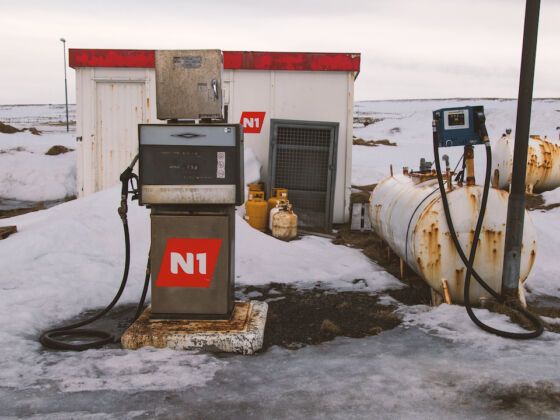I generally subscribe to the stereotype that saying you’re a writer is a roundabout way of saying you’re not gainfully employed. By that token, I’ll call myself a writer.
I’ve been living in Reykjavik for about two months now, an experiment with taking residence in a city fueled by creative energy. At times it seems as if nine of every ten Icelanders is writing a book of poetry or playing in a band or making paintings out of fruit dyes and candle wax. Last week I met a legitimate 9-to-5 drummer. That’s his job; it’s what he does. I’ve visited co-working units here where freelance whatever-ists rent desk space to focus on graphic design projects or photography. All of these people seem to have found a way to diligently throw themselves into passions that, in most industrial societies, would be considered hobbies.
